Paul Thomas Anderson | 2hr 40min

Beneath the veneer of everyday life in One Battle After Another, secret societies gather and conspire to achieve their radical objectives. For left-wing anarchist group, the French 75, America’s institutions of government and corporate power are the frontlines for a war against systemic oppression. At the height of their power about 16 years ago, they successfully freed immigrants from detention centres and destroyed power grids, and although they have suffered setbacks since then, still their roots run deep through networks of loyalists hidden in plain sight.
Down the opposite side of the political spectrum, Paul Thomas Anderson composes a far more absurd portrait of reactionary power. Members of the Christmas Adventurers Club are about as ridiculous as their fraternity’s name suggests, greeting each other with “Heil St. Nick” and cloaking their meetings in obnoxiously loud carols. How ironic that they should strive for racial purity and rail against the “lunatics” of modern society when their festive fantasy is so hilariously out of touch with reality, but Anderson’s brutal satire does not hold back in refracting today’s polarised landscape through a warped, ideological prism. With these zealous extremes hurtling towards impact on a dizzying rollercoaster, One Battle After Another straps us in with them, never quite releasing us from its unshakably tight grip until the final collision of revolutionary and reactionary violence.
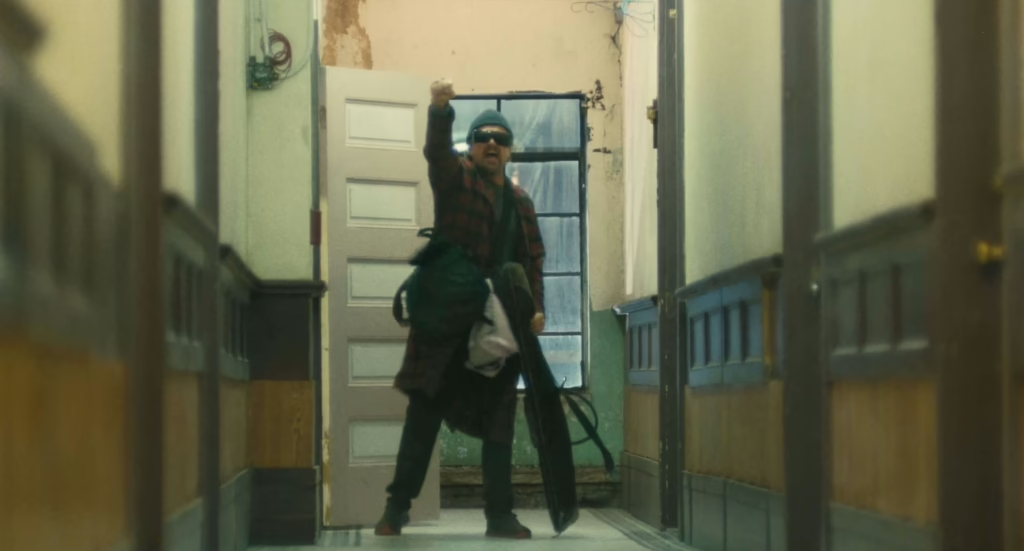
Given the soaring highs of Anderson’s career through cerebral dramas and period pieces, the overwhelming acclaim that this film has met is a little curious, though not entirely unexpected. One Battle After Another is undoubtedly his most crowd-pleasing work since Boogie Nights, shifting the focus away from psychologically complex characters and towards a captivating narrative that keeps rolling with frictionless ease. The almost three-hour run time breezes by on the momentum of Anderson’s screenplay, which, true to the title, perpetually throws obstacles at former French 75 member Bob Ferguson in his efforts to rescue his kidnapped daughter Willa. With handheld tracking shots and brisk editing sustaining this energy too, One Battle After Another hurtles forward, though it is Jonny Greenwood’s tense, restrained score which most profoundly tightens the psychological screws.
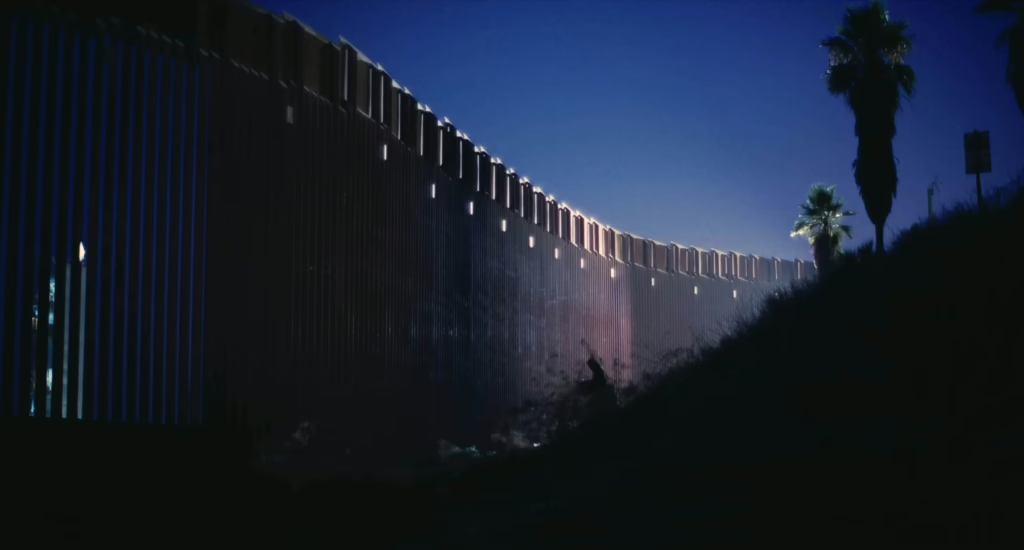
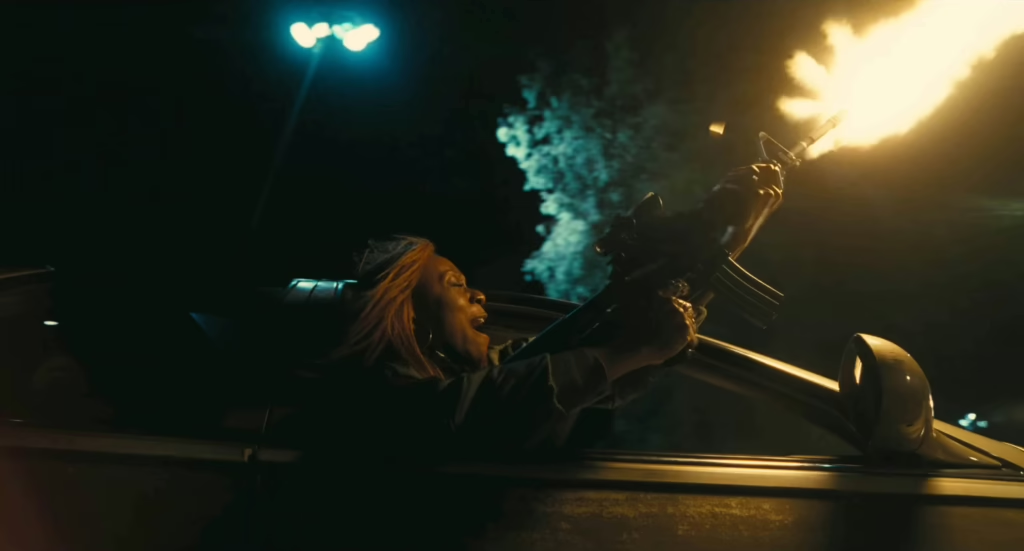
Throughout the first act especially, the music never seems to let up, often stringing us along syncopated, percussive beats or repeating a high-pitched piano note with improvised runs. We are often reminded of Jon Brion’s anxiety-ridden soundscape from Punch-Drunk Love in this way, especially with the dissonant torrents of noise that intermittently burst forth, though Greenwood’s taut minimalism also unnervingly raises the suspense through a mounting, rhythmic pressure. As a younger Bob and his African American girlfriend Perfidia perform destructive acts of sabotage within the French 75, the accompanying music ceaselessly underscores the precariousness of their high-stakes missions, especially when Perfidia is coerced into a secret affair with the humourless Colonel Lockjaw. After she is cornered into killing a guard, arrested, and given the chance to cut a deal by naming names, it doesn’t take long for the French 75’s operations to collapse, nor for her to completely disappear from the lives of everyone she knew.
Left with nothing but Perfidia’s baby, Bob’s priorities undergo a significant realignment, and it is there that One Battle After Another leaps forward 16 years to the present-day. Time has not been kind to this drug-addicted revolutionary, but he is at the very least the proud father of a smart, capable teenager in Willa. With Lockjaw now seeking entrance to the white supremacist Christmas Adventurers Club though, the colonel sets out on a mission to quash any evidence that he may have fathered a mixed-race child, thus pulling both Bob and Willa back into a whirlwind of conspiracies and family secrets.

Anderson has plenty on his mind when it comes to the political convictions of One Battle After Another, and as his first film set in the present-day since Punch-Drunk Love, its relevance to this specific point in American history is evident. The corrupt exploitation of the military, the civil unrest that breaks in response, and the weariness that encompasses those who have given up the fight breed conflict among his characters, though it is the generational inheritance of partisan battles which casts the longest shadow over their lives. Willa’s life up to this point has been fairly unburdened by her mother’s legacy, even believing that she was a war hero rather than a traitor, yet Lockjaw’s insistence on cleansing his past effectively positions her as the unwilling heir to a long-buried revolution.
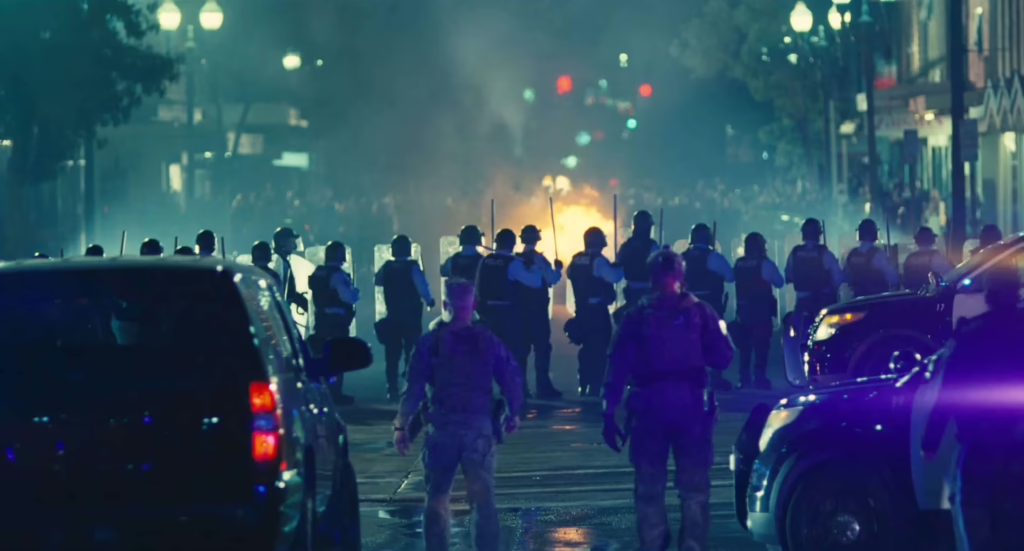
One would think that the firebrand activist who raised her would prove himself equally capable of reigniting the fight, drawing on familiar skills, resources, and allies from his underground past, yet Leonardo DiCaprio hilariously leans into Bob’s shambolic struggle to overcome even the first hurdle in his way. A conceit as simple as his inability to remember a decades-old passcode is brilliantly drawn out, turning a simple phone conversations into a hysterically high-strung tantrum against bureaucracy, while his failure to keep up with his younger counterparts running across rooftops also lands as a priceless visual gag. Especially against the calm wisdom of Benicio del Toro, here playing Willa’s karate sensei, DiCaprio’s manic energy erupts with comic desperation, charging through a turbulent world in a plaid robe, beanie, and oversized sunglasses.
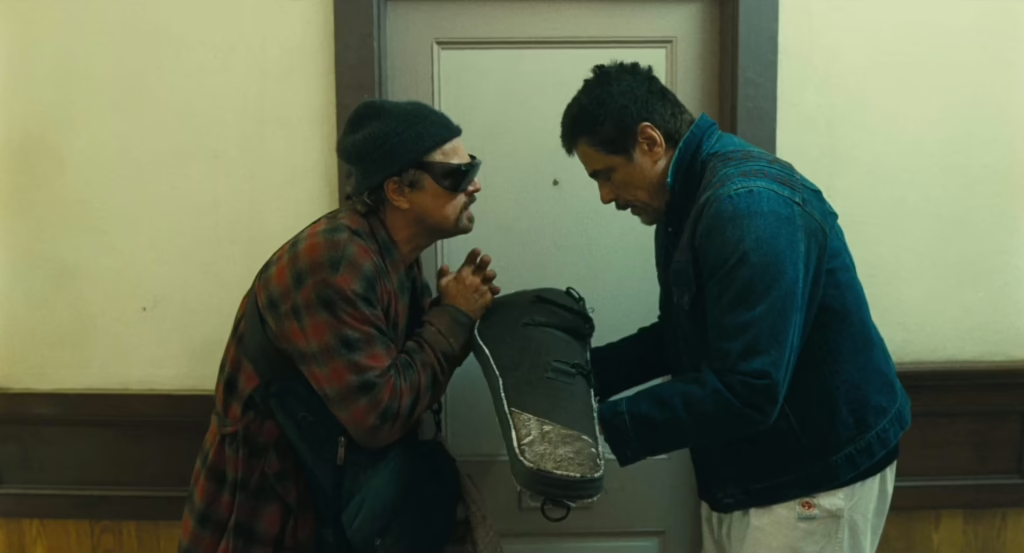
If Bob flails with clumsy ineptitude, then Sean Penn offers a cold austerity as Colonel Lockjaw, whose very name sounds like a satirical innuendo straight out of Dr. Strangelove. Marching with the gait of a constipated soldier, he embodies a militaristic machismo which cannot stand the slightest challenge to his sexuality, and masks insecurity with absurd bravado. Beneath his stern composure lies a roiling fury, though even further down Penn reveals a wounded fragility, clinging to power as a shield against his buried shame. Whether it is his attraction towards Black women or his own child, he is ready to cut off whatever part of himself might jeopardise his standing with the Christmas Adventurers Club, incidentally becoming a grotesque parody and tragic casualty of the ideological purity he so ruthlessly weaponises.
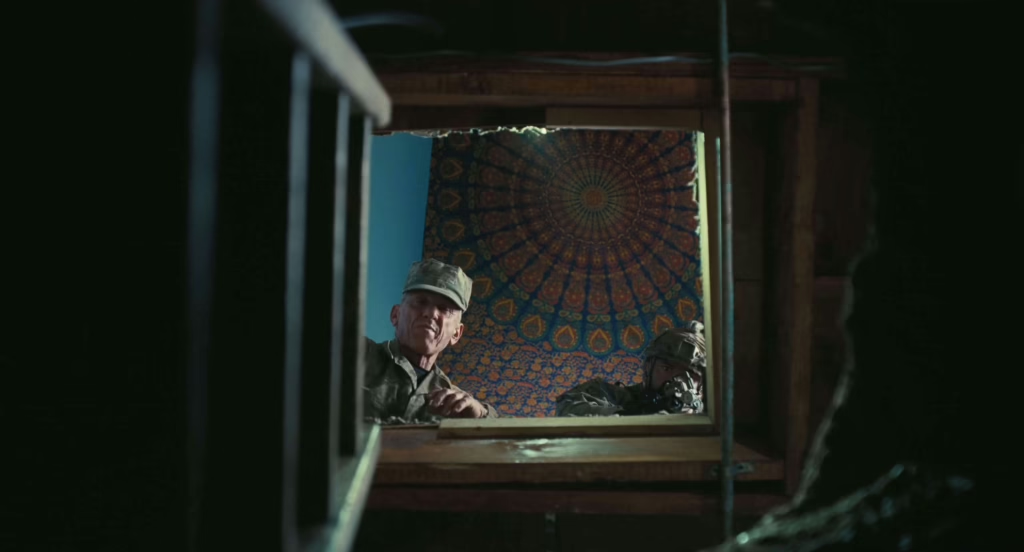
Unfortunately for Anderson, the stylistic presentation of One Battle After Another doesn’t always rise to meet the intensity of its characters and narrative. If there is any weakness holding it back from cinematically approaching the likes of Punch-Drunk Love or Boogie Nights, then it is this lack of visual boldness, leaving only a few flashes of inspiration to remind us of the aesthetic flair that once defined his best work. At the very least, the climactic car chase through the undulating hills of the Californian desert injects a surge of dynamic invention, mounting the camera to the vehicle’s front bumper as it glides over peaks and dips in a queasy, rolling rhythm. While the enemy lies in the rear view, still Anderson builds suspense with each approaching crest, drawing kinetic tension from the billowing, dust-choked terrain. Beyond serving a stylistic purpose, this focus on the landscape also cleverly sets the stage for the tactical manoeuvre which ultimately brings the chase to a crashing end, uniting visual and formal momentum in a moment of cathartic release.
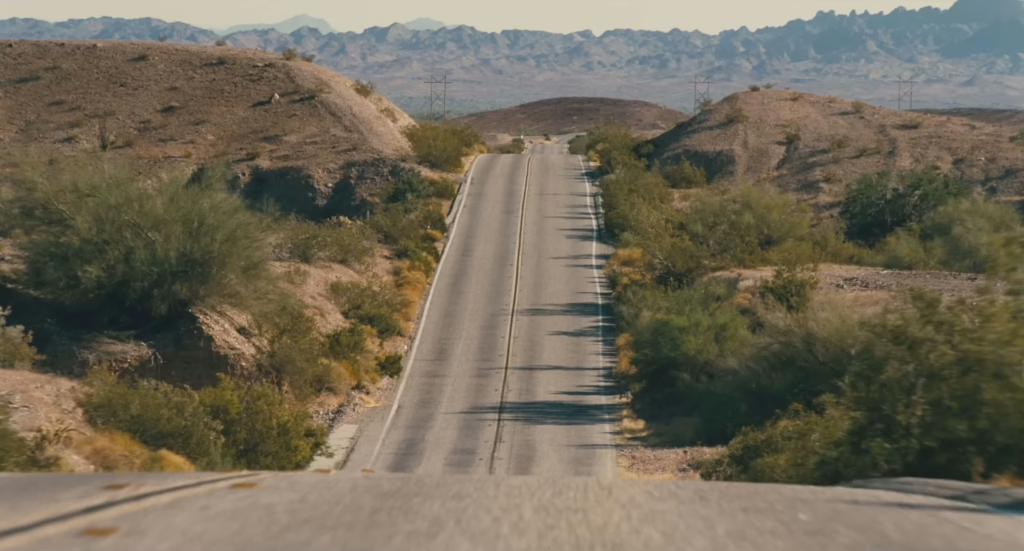
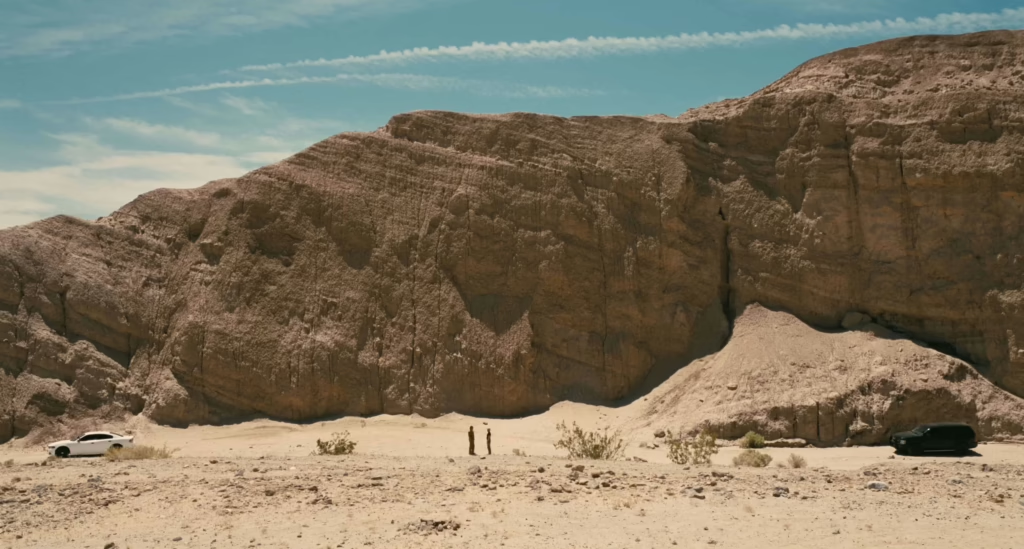
If One Battle After Another were built more consistently on set pieces such as this, perhaps it might deliver a more cohesive fusion of style and substance, though not even this weakness is enough to diminish Anderson’s narrative ambitions. The achievement of sprawling, politically charged worldbuilding is undeniable, and to unravel that at such a relentless pace is no small feat. There is a radical passion to his storytelling which matches the unruly spirit of the characters themselves, and even when it veers into chaos, it’s precisely that anarchic madness which makes this powder-keg of ideologies feel so volatile – and unmistakably alive.
One Battle After Another is currently playing in cinemas.
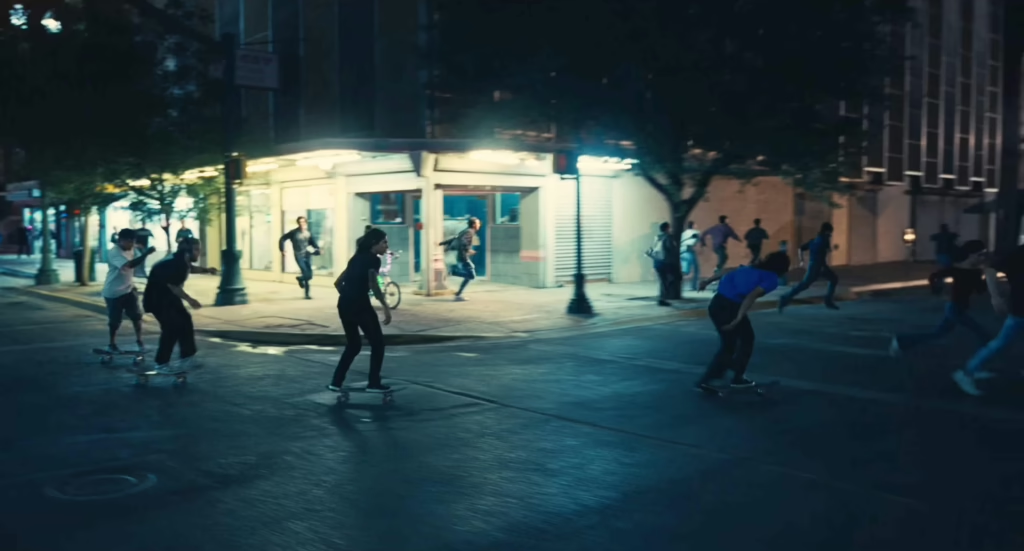

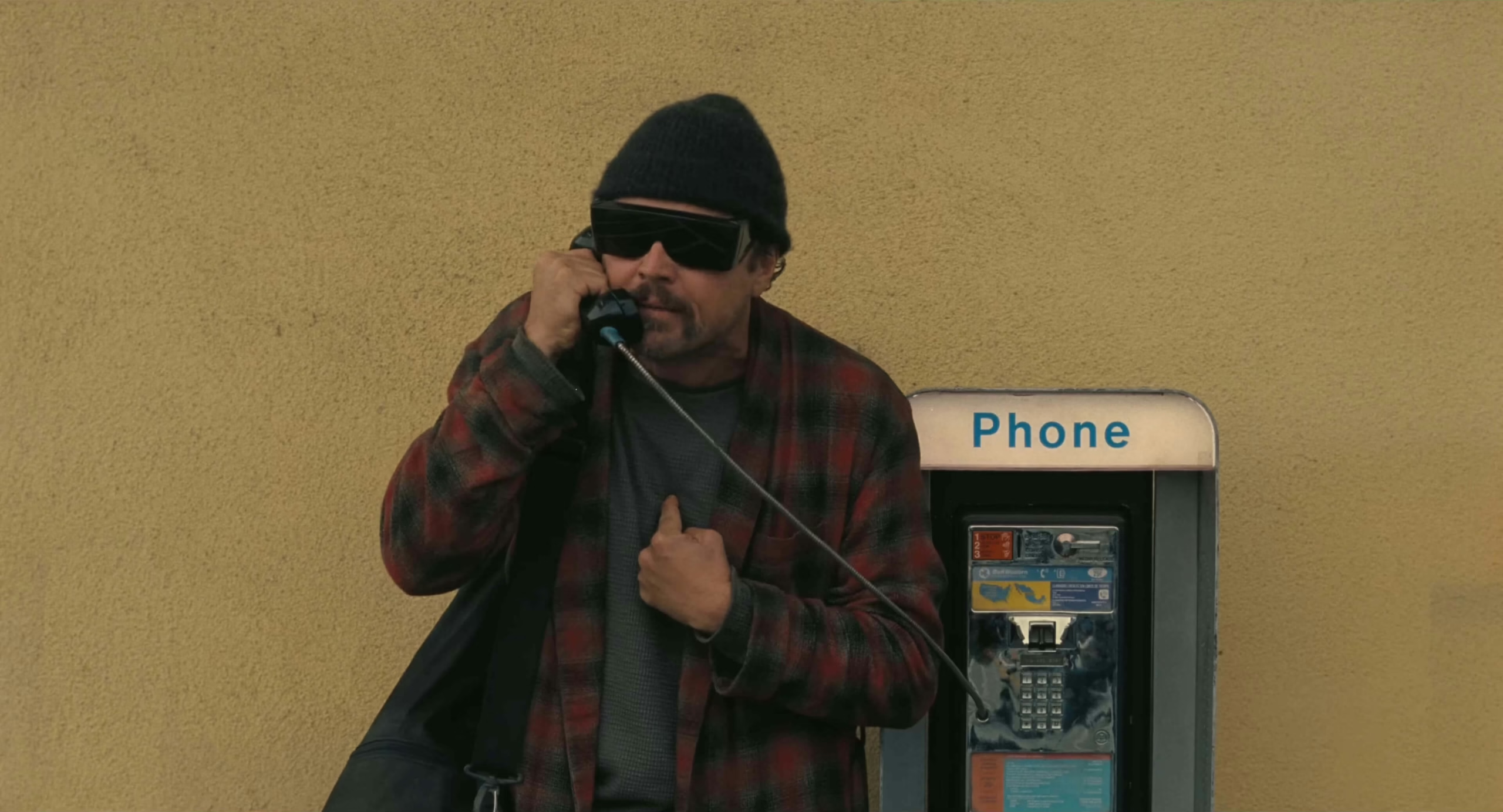
Hey, Declan! Great work with the page. I am curious to know, how do you get these so high quality shots with OBAA being such a recent movie?
Hey, great to see you join the comments! For current movies I usually take screenshots from the trailers, and in instances like these I often get lucky when they are also in 4K.